Molecular ribbons and new particles could unlock digital displays close to true holograms, powerful ways to transmit data, and carbon-efficient technologies.
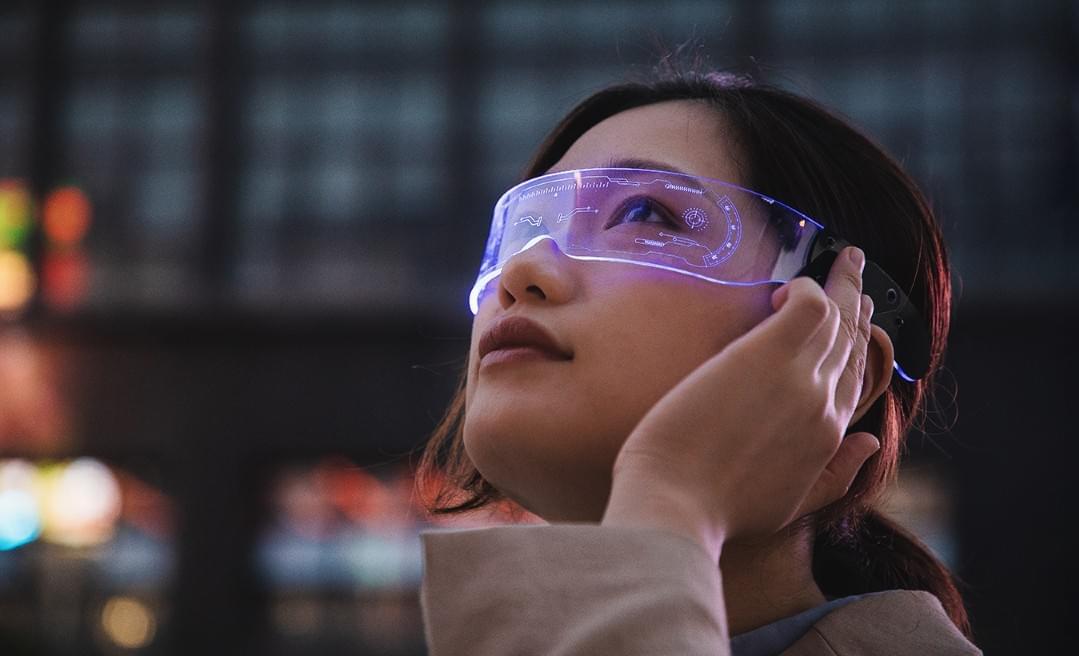


A team at the University of St Andrews has unlocked a major step toward true holographic displays by combining OLEDs with holographic metasurfaces. Unlike traditional laser-based holograms, this compact and affordable method could transform smart devices, entertainment, and even virtual reality. The breakthrough allows entire images to be generated from a single OLED pixel, removing long-standing barriers and pointing to a future of lightweight, miniaturized holographic technology.

New research from the University of St Andrews is advancing holographic technology, with potential applications in smart devices, communication, gaming, and entertainment. In a paper published in the journal Light, Science and Application, physicists from the School of Physics and Astronomy reported the creation of a new optoelectronic device that combines Holographic Metasurfaces (HMs) with Organic Light-Emitting Diodes (OLEDs).
Until now, holograms have typically been generated using lasers. The St Andrews team, however, demonstrated that pairing OLEDs with HMs provides a more compact and straightforward method. This approach is not only easier to implement but also less expensive, addressing one of the key challenges that has limited wider use of holographic technology.
OLEDs are thin-film devices already common in mobile phone displays and some televisions, where they create colored pixels. Because they are flat and emit light across their surface, OLEDs are also promising for emerging fields such as optical wireless communication, biophotonics, and sensing. Their versatility and ability to integrate with other components make them well-suited for developing miniaturized, light-based systems.
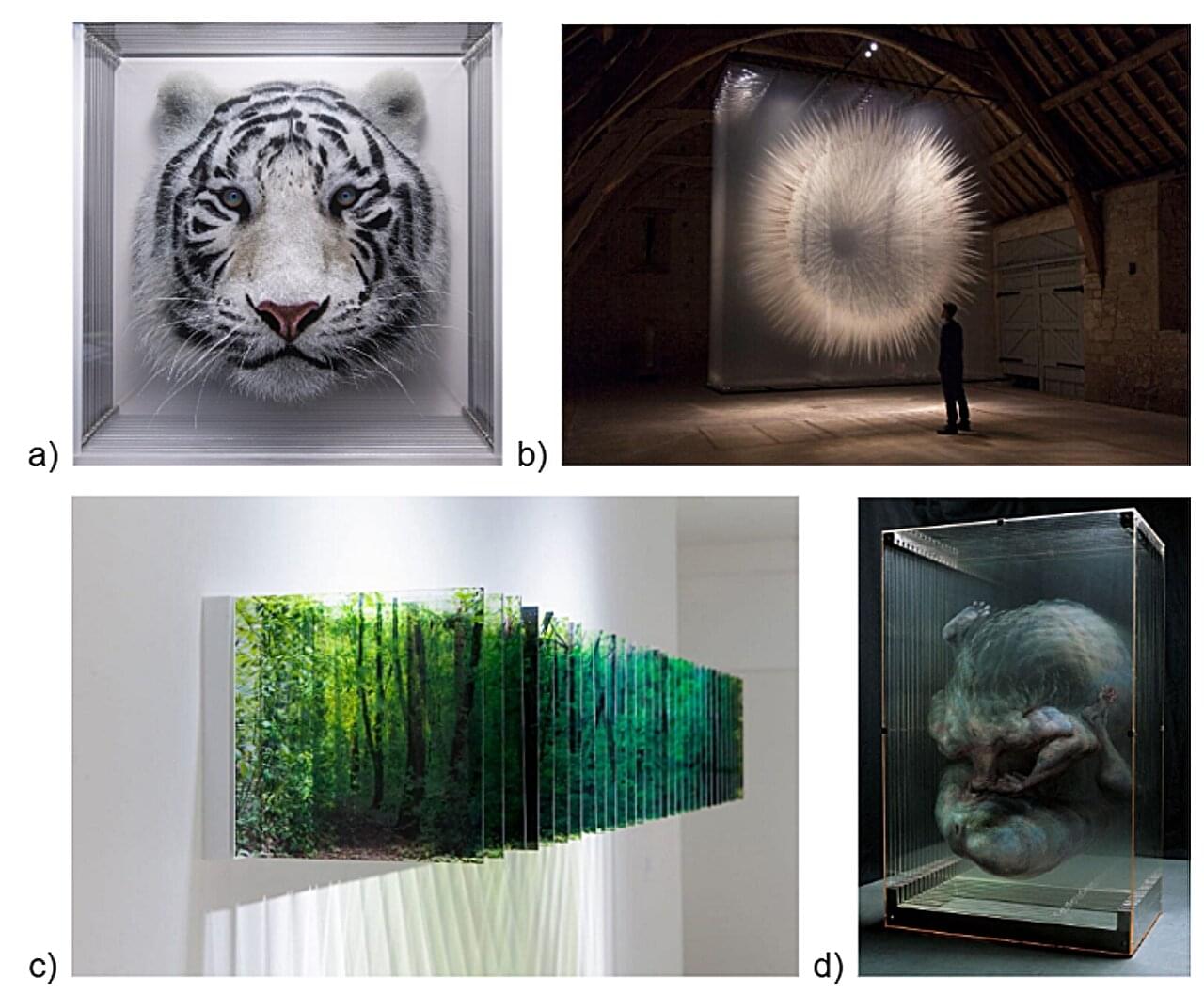
Artists are always looking for new ways to create and express themselves. A growing trend is the use of multiple layers of see-through materials, such as Plexiglas, to create paintings that have real depth, transforming two-dimensional images into three-dimensional illusions that feel more realistic and lifelike. But can these layered works be made even more immersive?
A new study, published in Royal Society Open Science, answers this question by demonstrating a novel process to transform a multilayer acrylic painting into a full-color, three-dimensional hologram. In addition to offering a striking way to experience art, this technique provides a novel method for preserving and reproducing valuable works.
The researchers used a painting of a tiger titled “Taxonomy Test 1” by renowned Colombian artist Yosman Botero. He created the artwork by painting in acrylic on nine transparent layers of Plexiglas.
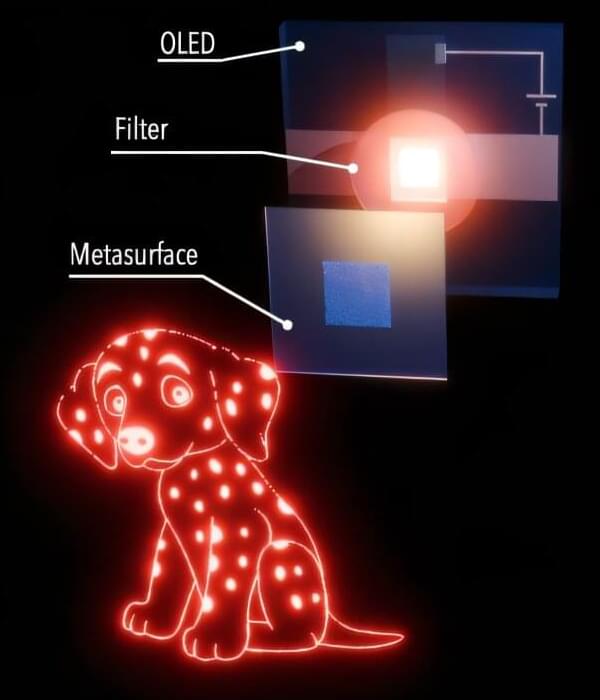
New research from the University of St Andrews paves the way for holographic technology, with the potential to transform smart devices, communication, gaming and entertainment.
In a study published in Light: Science & Applications, researchers from the School of Physics and Astronomy created a new optoelectronic device from the combined use of holographic metasurfaces (HMs) and organic light-emitting diodes (OLEDs).
Until now, holograms have been created using lasers. However, researchers have found that using OLEDs and HMs gives a simpler and more compact approach that is potentially cheaper and easier to apply, overcoming the main barriers to hologram technology being used more widely.

Researchers in Germany have unveiled the Metafiber, a breakthrough device that allows ultra-precise, rapid, and compact control of light focus directly within an optical fiber. Unlike traditional systems that rely on bulky moving parts, the Metafiber uses a tiny 3D nanoprinted hologram on a dual-core fiber to steer light by adjusting power between its cores. This enables seamless, continuous focus shifts over microns with excellent beam quality.
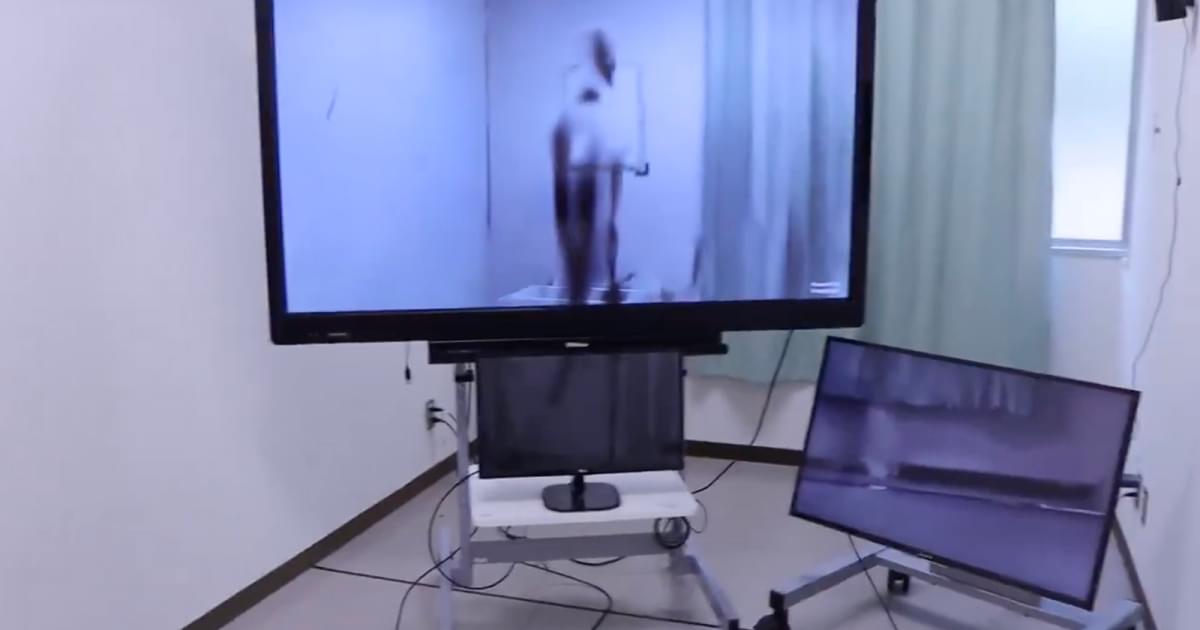
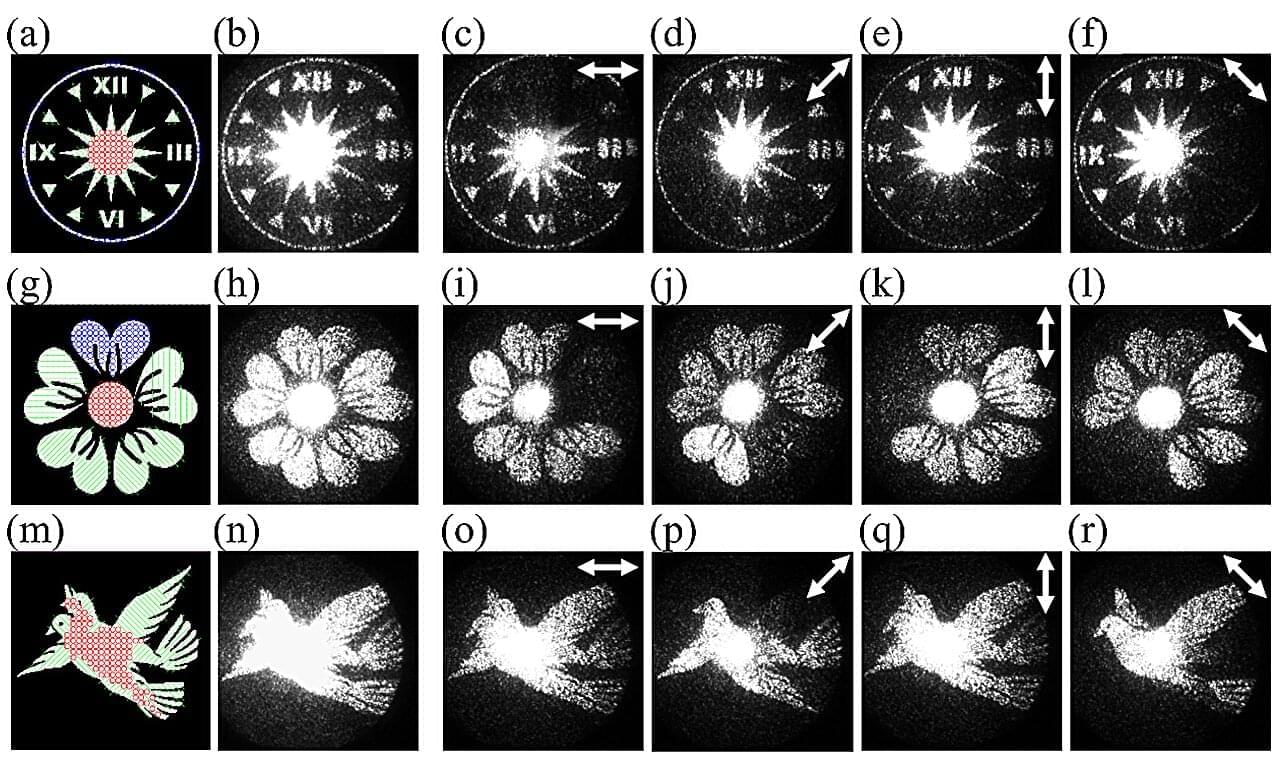
Holography—the science of recording and reconstructing light fields—has long been central to imaging, data storage, and encryption. Traditional holographic systems, however, rely on bulky optical setups and interference experiments, making them impractical for compact or integrated devices. Computational methods such as the Gerchberg–Saxton (GS) algorithm have simplified hologram design by eliminating the need for physical interference patterns, but these approaches typically produce scalar holograms with uniform polarization, limiting the amount of information that can be encoded.


NEW YORK, Aug. 5, 2025 /PRNewswire/ — A new study provides the first visual evidence showing that brain circuits in living animals can be activated by ultrasound waves projected into specific patterns (holograms).
Led by scientists at NYU Langone Health and at the University of Zurich and ETH Zurich in Switzerland, the study describes a system that combines sources of ultrasound waves and a fiber scope connected to a camera to visualize in study mice brain targets that are directly activated by the sound. This lays the groundwork, the study authors say, for a new way to treat neurological diseases and mental health disorders from outside of the body.
Already, there are applications approved by the Food and Drug Administration and designed to reduce tremor symptoms seen in Parkinson’s disease, using intense sound waves to kill brain cells called neurons within neural pathways linked to tremors. Rather than kill neurons, the lower-intensity ultrasound waves used in the current work can temporarily activate them, the researchers say. The resulting effects can be widespread as neurons relay messages to other neurons within their circuits and between interconnected neuronal circuits.